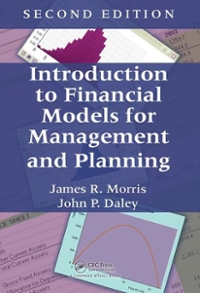E F G H K M Year Quarter t 2009 1 2 3 Time Series plot of quarterly light rail usage (first quarter 2009 through first quarter 2014) 140000 4 2010 1 N 135000 3 130000 2011 Passengers (thousands) 125000 1 D y(t) 1 110569 2 113433 3 118183 4 114932 5 112337 6 117224 7 118863 8 116554 9 116287 10 124077 11 126540 12 123559 13 122607.4 14. 129549.7 15 128105.9 16 126818.9 17. 123020.3 18 130158.9 19 133584.3 20 132147.9 21 126932.4 2 3 120000 4 115000 2012 1 2 110000 3 6 18 21 24 9 12 15 Time (quarters) 3 4 5 6 7 8 9 20 21 2013 4 1 2 3 4 1 22 2014 23 24 Name: Data Analysis Questions: 1. Calculate the moving averages for each observation in the data based on periods 1, 2, 3, and 4. It should be centered on period t=2. Use the function of "AVERAGE (D2 D5) in cell E3 and copy the formula down to cell E20. Show the moving averages plotted on the passenger series y(). Do not forget to label x and y axes and adjust the values on the plot using the Figurel. Show your plot space provided below: I (10p) 2. Even though the moving averages help highlight the long-run trend of a time series, the moving average model is not designed for making forecasts in the presence of trends. Explain the reason why we should not rely on moving averages for predicting future observations of a trending series. Word:911 re to search 100% E F G H K M Year Quarter t 2009 1 2 3 Time Series plot of quarterly light rail usage (first quarter 2009 through first quarter 2014) 140000 4 2010 1 N 135000 3 130000 2011 Passengers (thousands) 125000 1 D y(t) 1 110569 2 113433 3 118183 4 114932 5 112337 6 117224 7 118863 8 116554 9 116287 10 124077 11 126540 12 123559 13 122607.4 14. 129549.7 15 128105.9 16 126818.9 17. 123020.3 18 130158.9 19 133584.3 20 132147.9 21 126932.4 2 3 120000 4 115000 2012 1 2 110000 3 6 18 21 24 9 12 15 Time (quarters) 3 4 5 6 7 8 9 20 21 2013 4 1 2 3 4 1 22 2014 23 24 Name: Data Analysis Questions: 1. Calculate the moving averages for each observation in the data based on periods 1, 2, 3, and 4. It should be centered on period t=2. Use the function of "AVERAGE (D2 D5) in cell E3 and copy the formula down to cell E20. Show the moving averages plotted on the passenger series y(). Do not forget to label x and y axes and adjust the values on the plot using the Figurel. Show your plot space provided below: I (10p) 2. Even though the moving averages help highlight the long-run trend of a time series, the moving average model is not designed for making forecasts in the presence of trends. Explain the reason why we should not rely on moving averages for predicting future observations of a trending series. Word:911 re to search 100%








